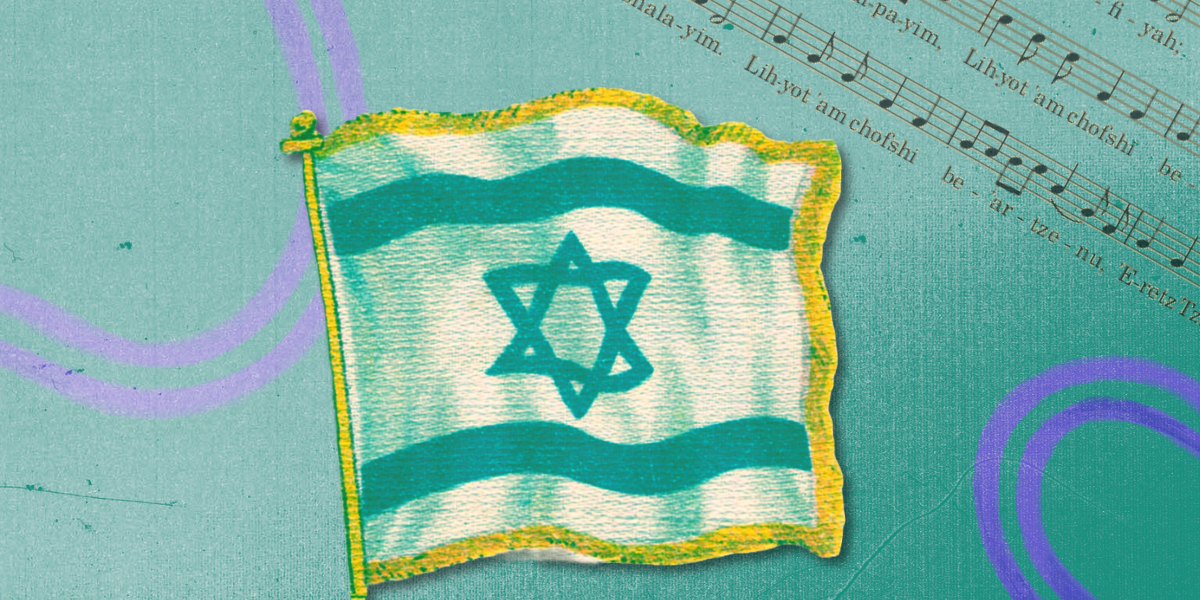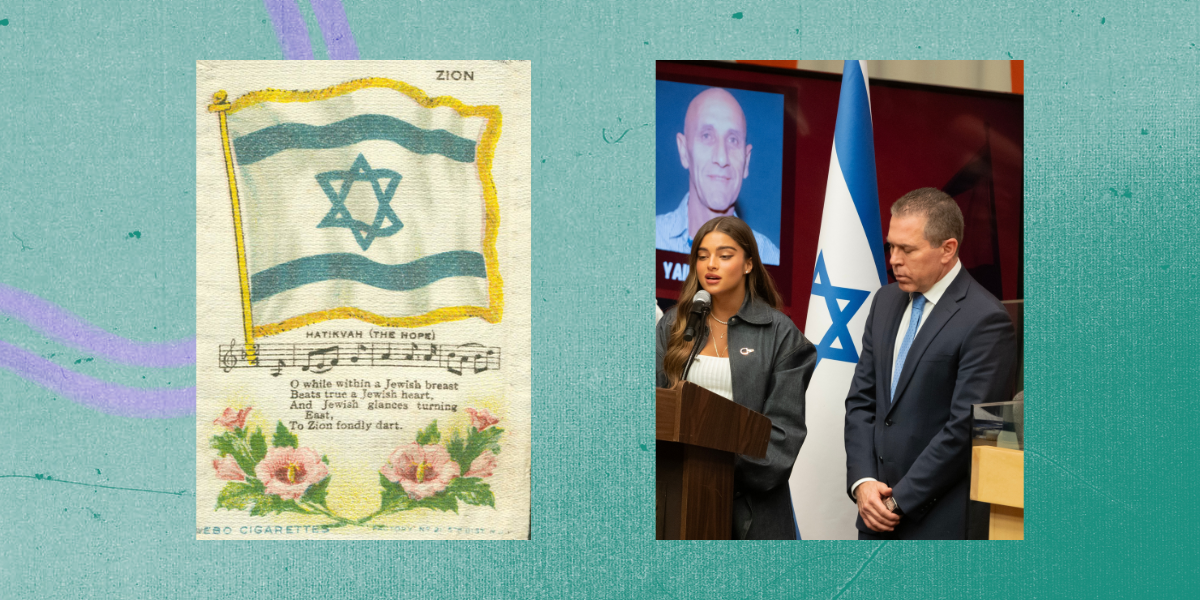Israeli Scene
5 Fascinating Facts About Israel’s National Anthem

Jews worldwide express unity with Israel by singing “Hatikvah.” Legends abound about the tune’s musical origins, but the established history includes several interesting points. What do you know about Israel’s national anthem?
1. It began with a nine-stanza poem, “Tikvateinu” (“Our Hope”), written by Jewish Ukrainian poet Naftali Herz Imber in the late 1870s. The poem’s opening stanza was soon adapted into the familiar lyrics of “Hatikvah.”
2. The music has a more complex history. The melody has traveled the world for 600 years starting, many musicologists say, with a Sephardi prayer for dew (Birchat haTal). After the Inquisition, with Sephardi Jews scattered, the tune found its way to Italy, where it became a popular love song. Next, it evolved into the Romanian folk song “Cart and Oxen.” In 1888, when Shmuel Cohen, a Romanian immigrant to Palestine, used the tune with Imber’s poem, “Hatikvah” caught on with Zionists. It was sung at a meeting in Vienna in 1896 in the presence of Theodor Herzl. By the Seventh Zionist Congress in 1905, “Hatikvah” had become the unofficial anthem of the Zionist movement. It was not until 1947 that final orchestration was created by German American composer Kurt Weill.

3. At the end of the Shoah, on April 20, 1945, at a Kabbalat Shabbat in Bergen Belsen, a group of survivors sang “Hatikvah” as a BBC cameraman recorded the moment.
4. On November 10, 2004, “Hatikvah” was adopted by law as Israel’s national anthem. The decisive vote in favor was cast by Druze Knesset Member Ayoub Kara.
5. In the days immediately after Hamas attacked Israel on October 7, residents in many urban centers sang the anthem from their balconies, rooftops and windows at 6 p.m.
Now you know…more about Israel’s National Anthem










 Facebook
Facebook Instagram
Instagram Twitter
Twitter
Leave a Reply